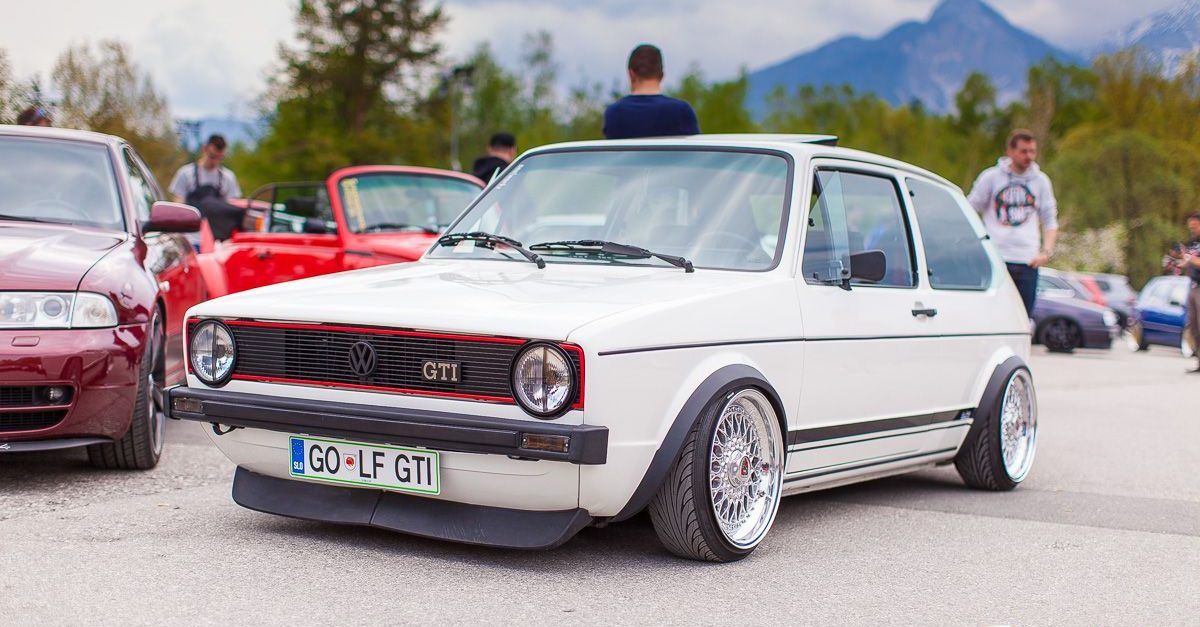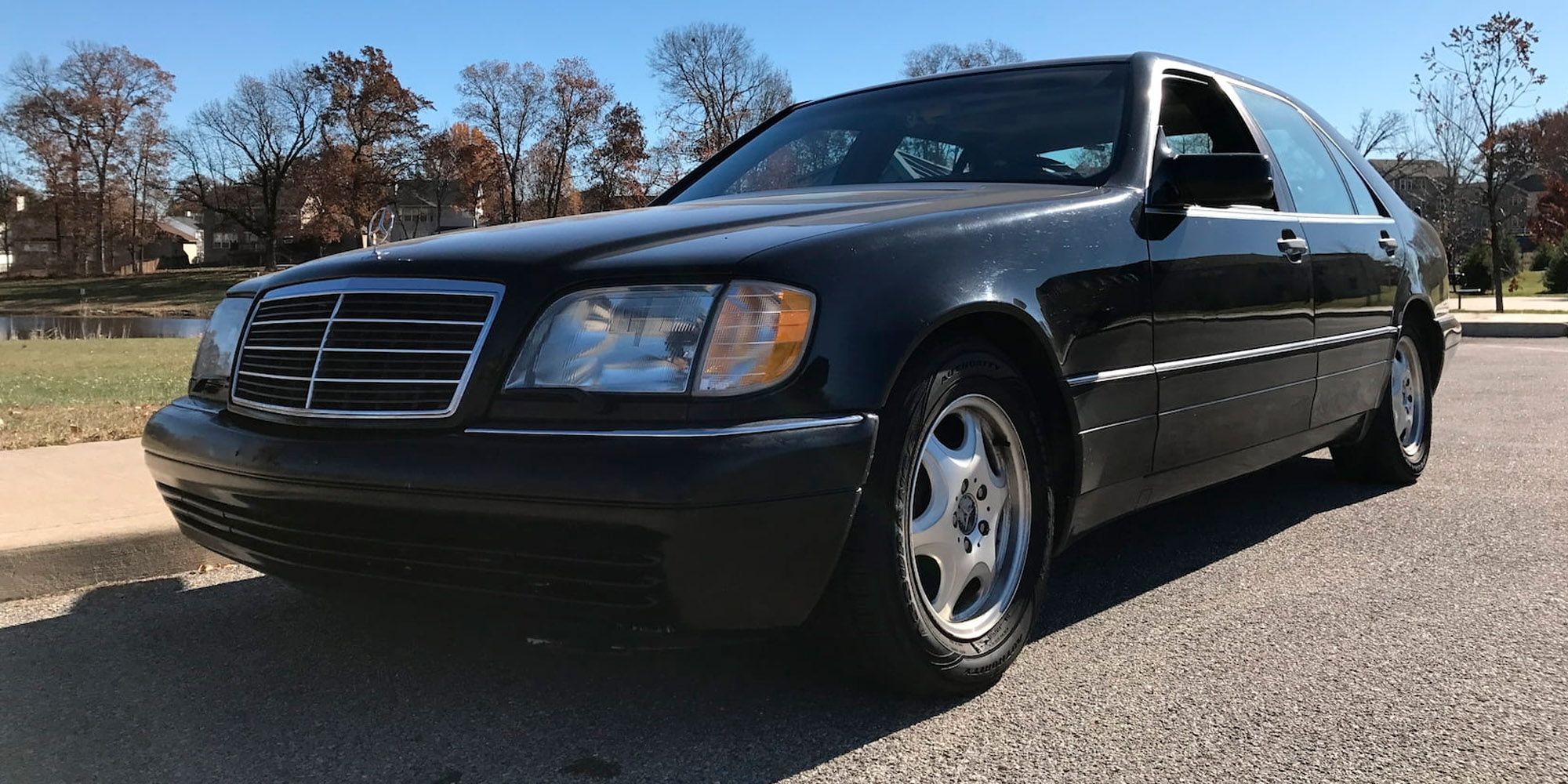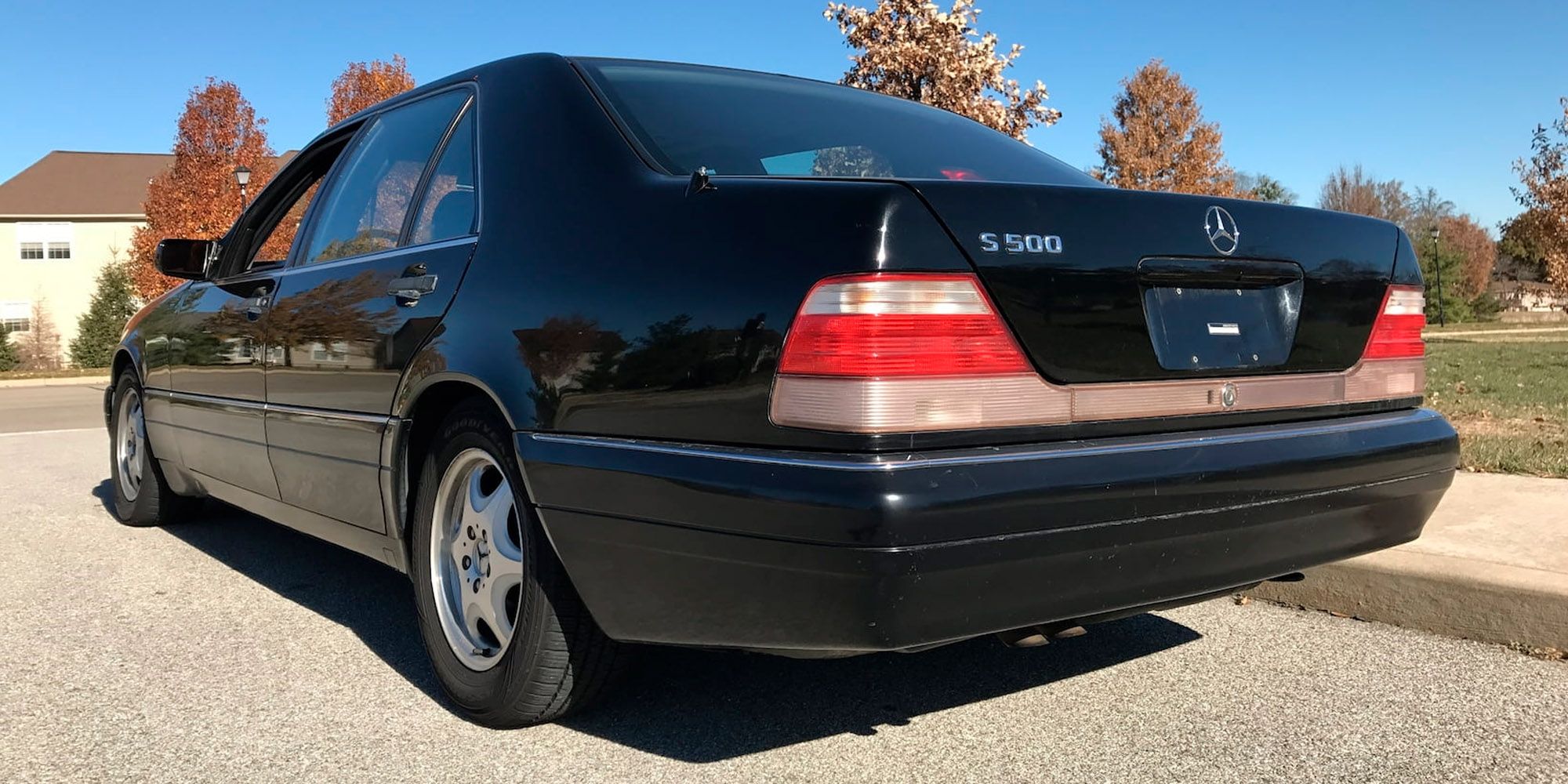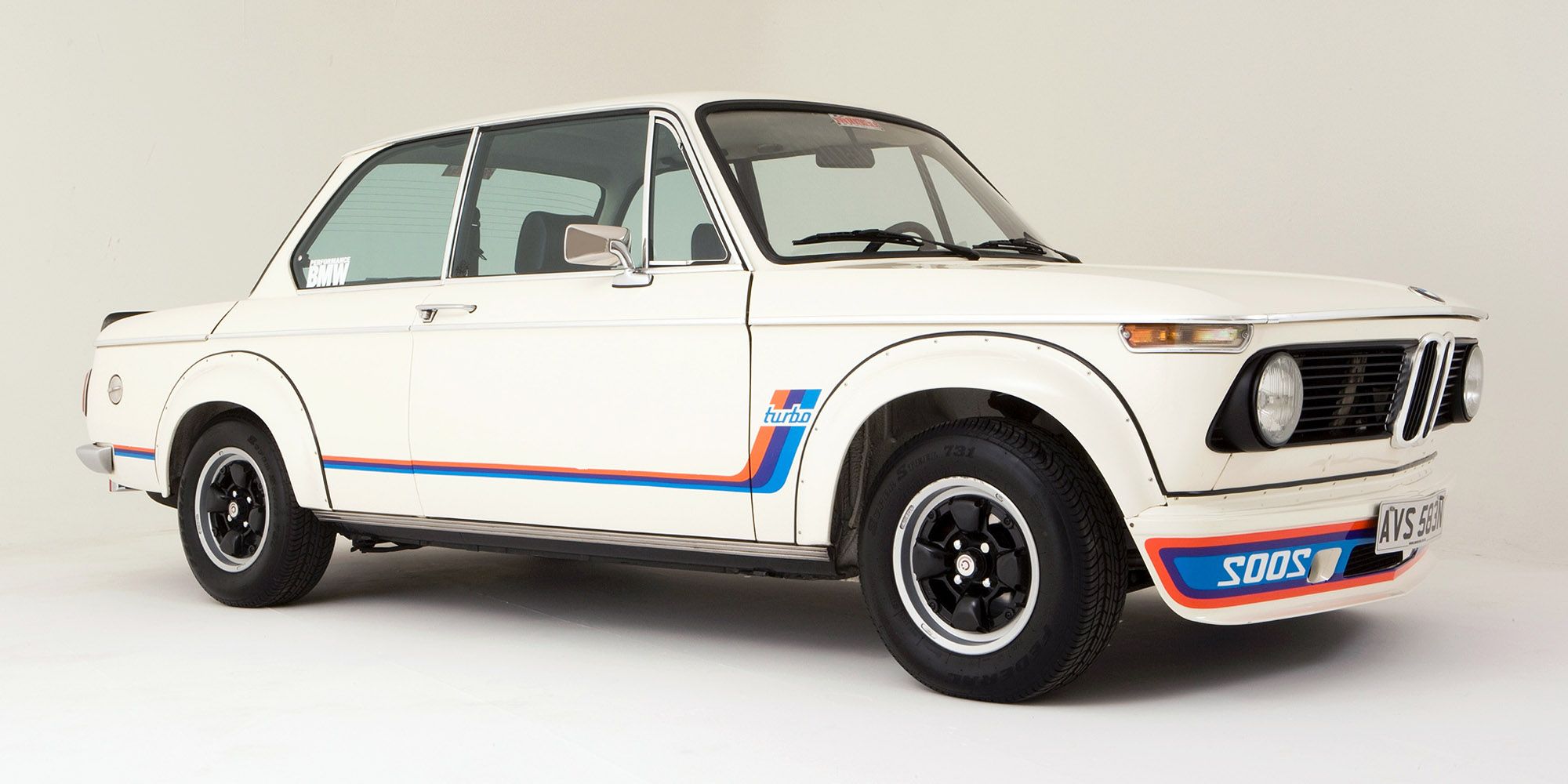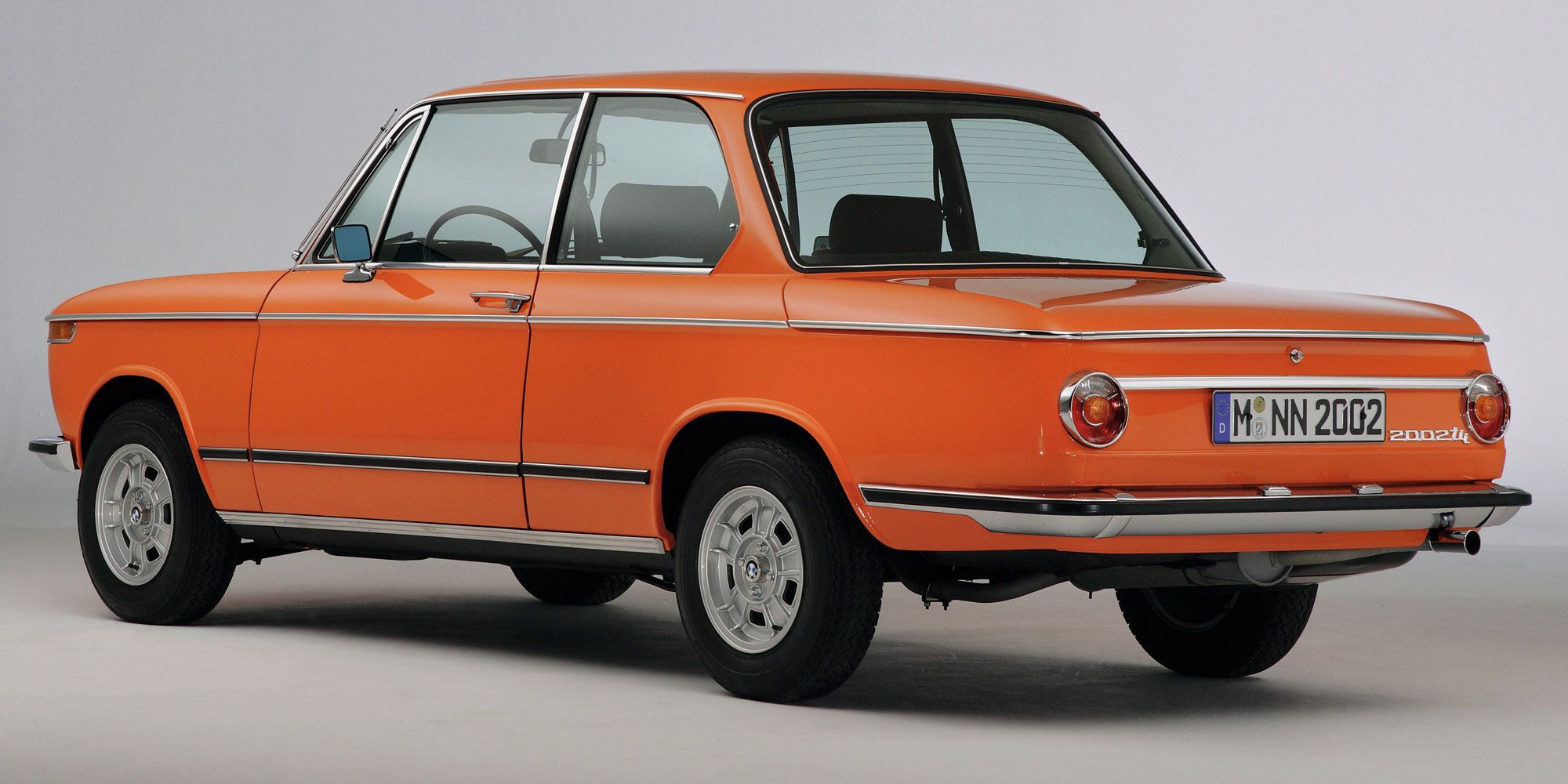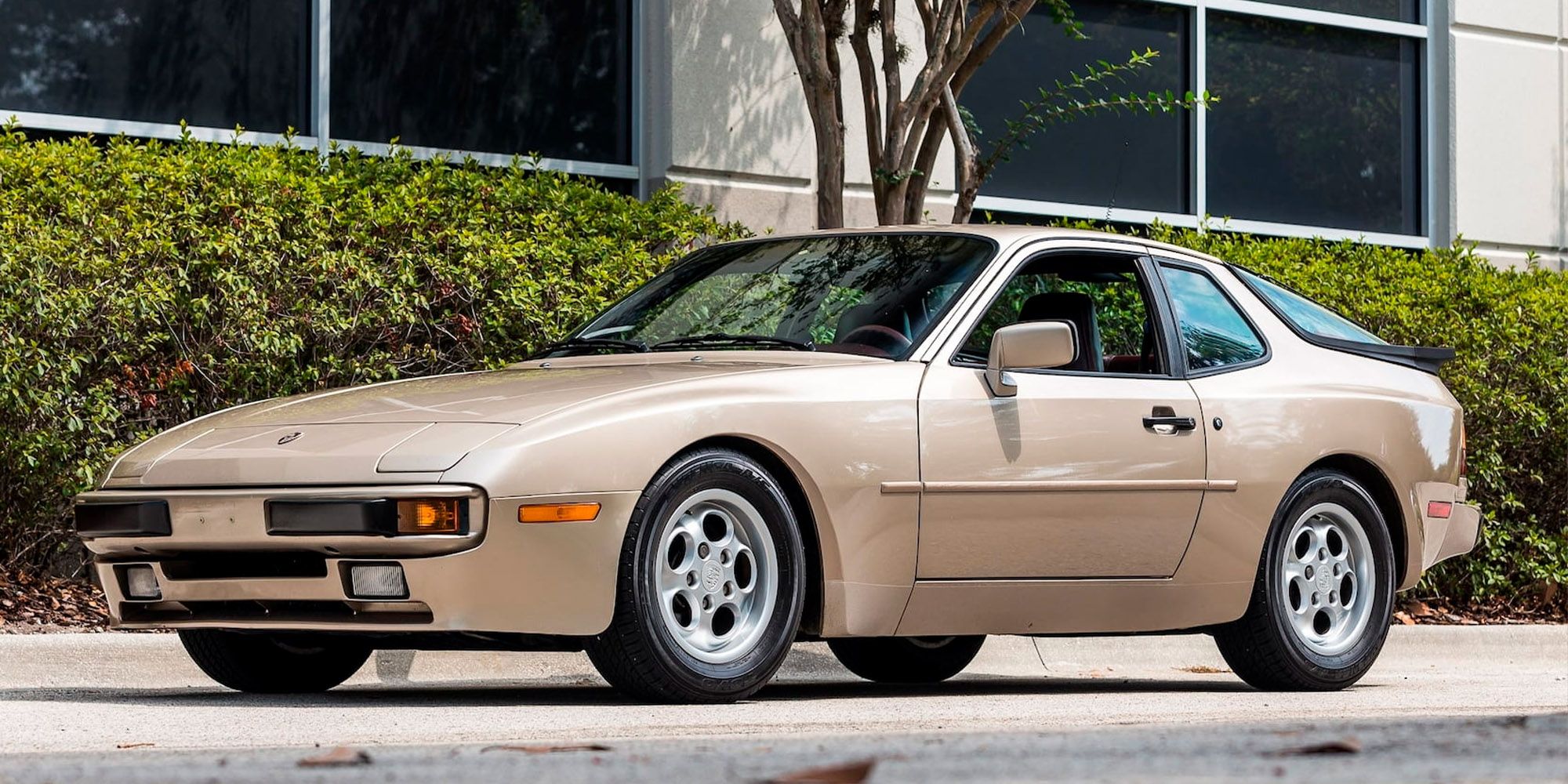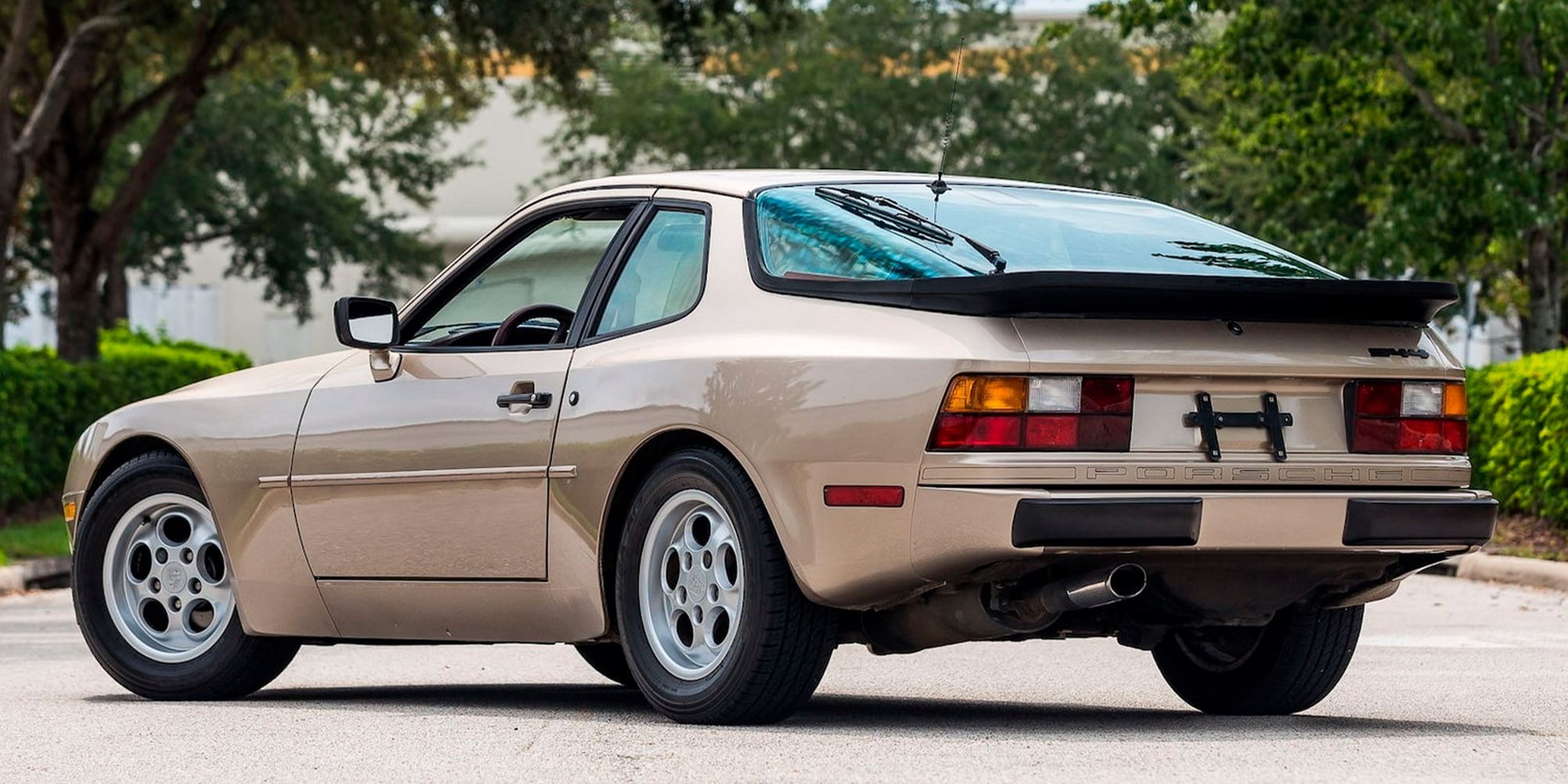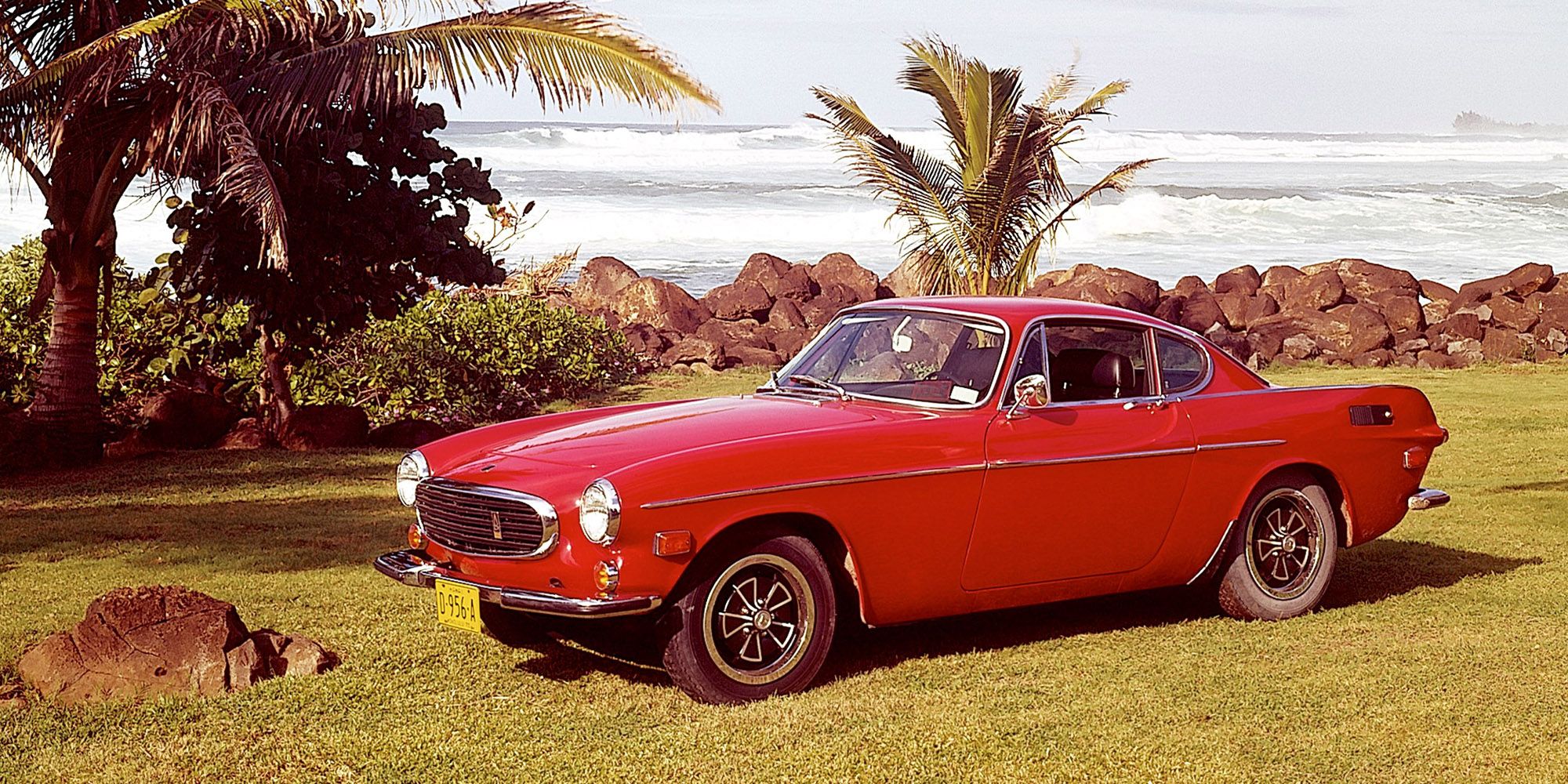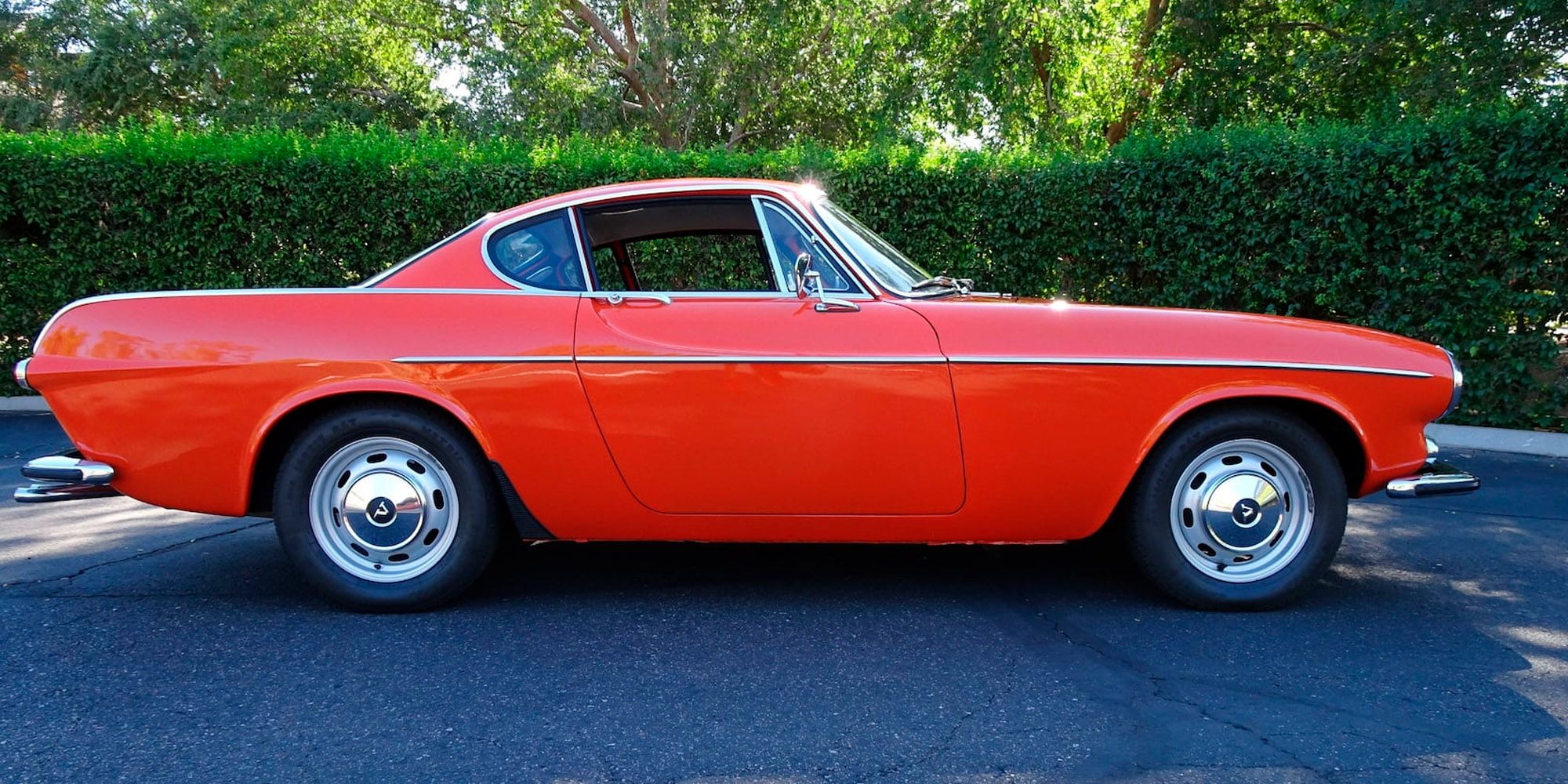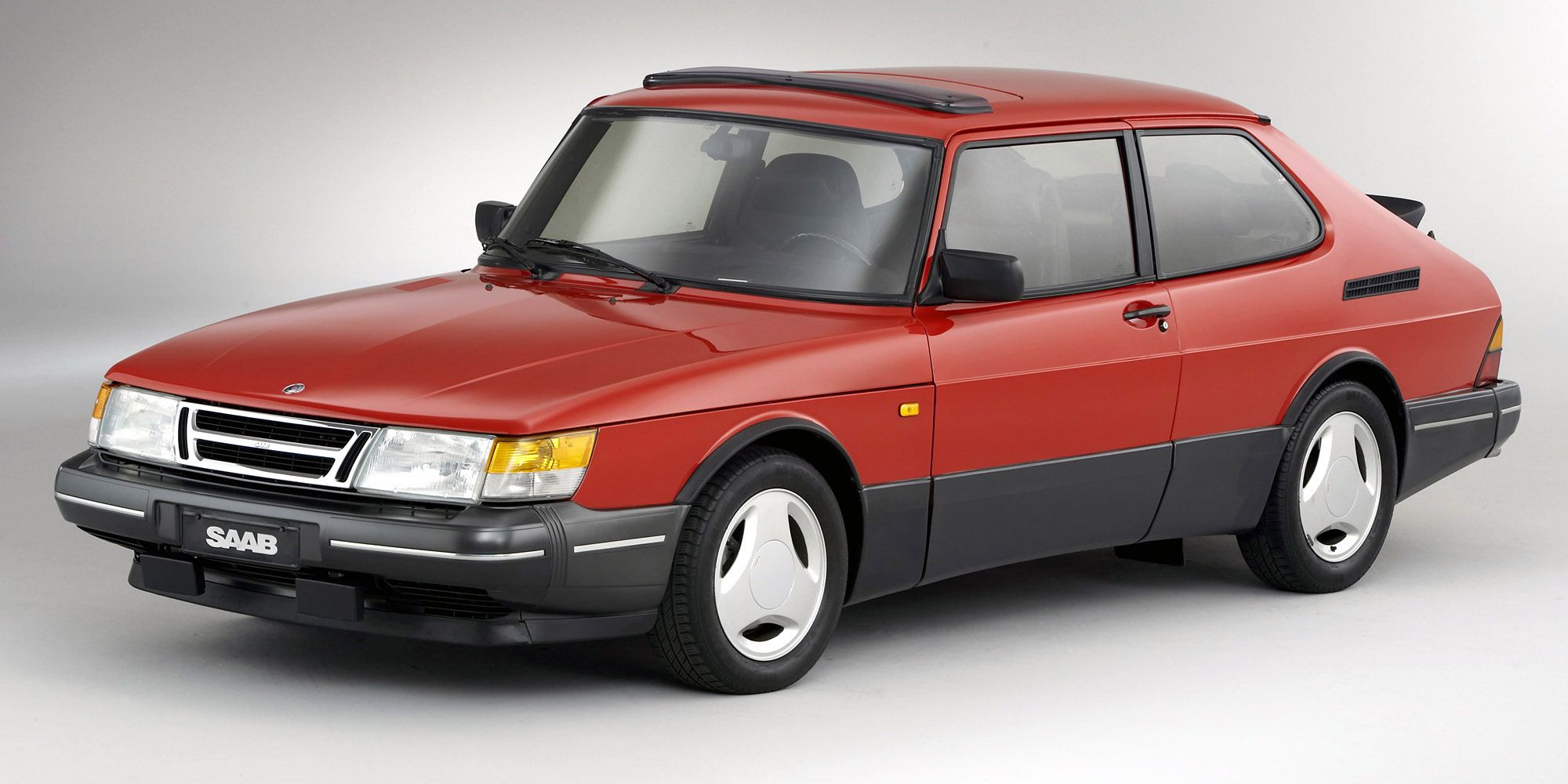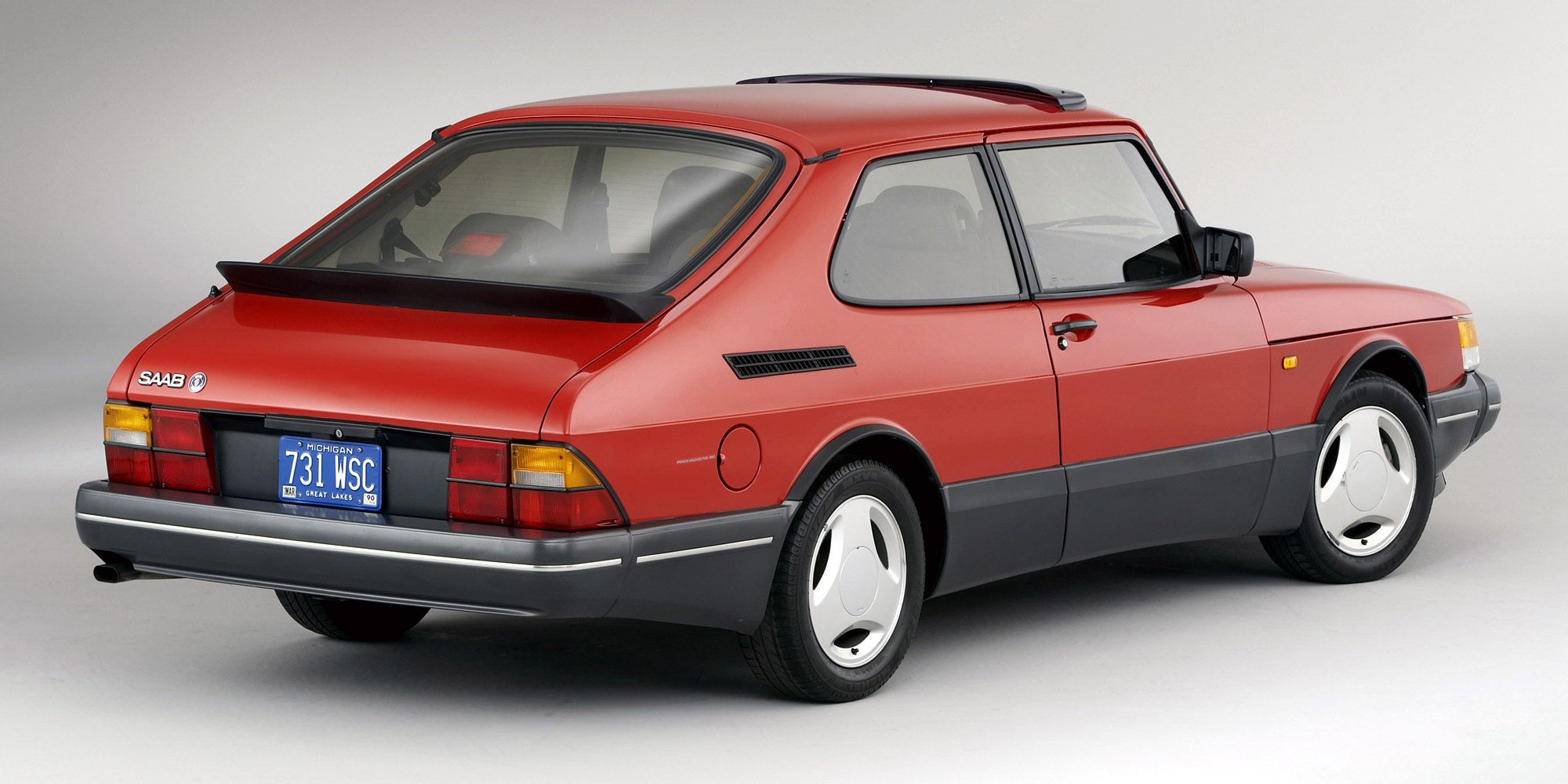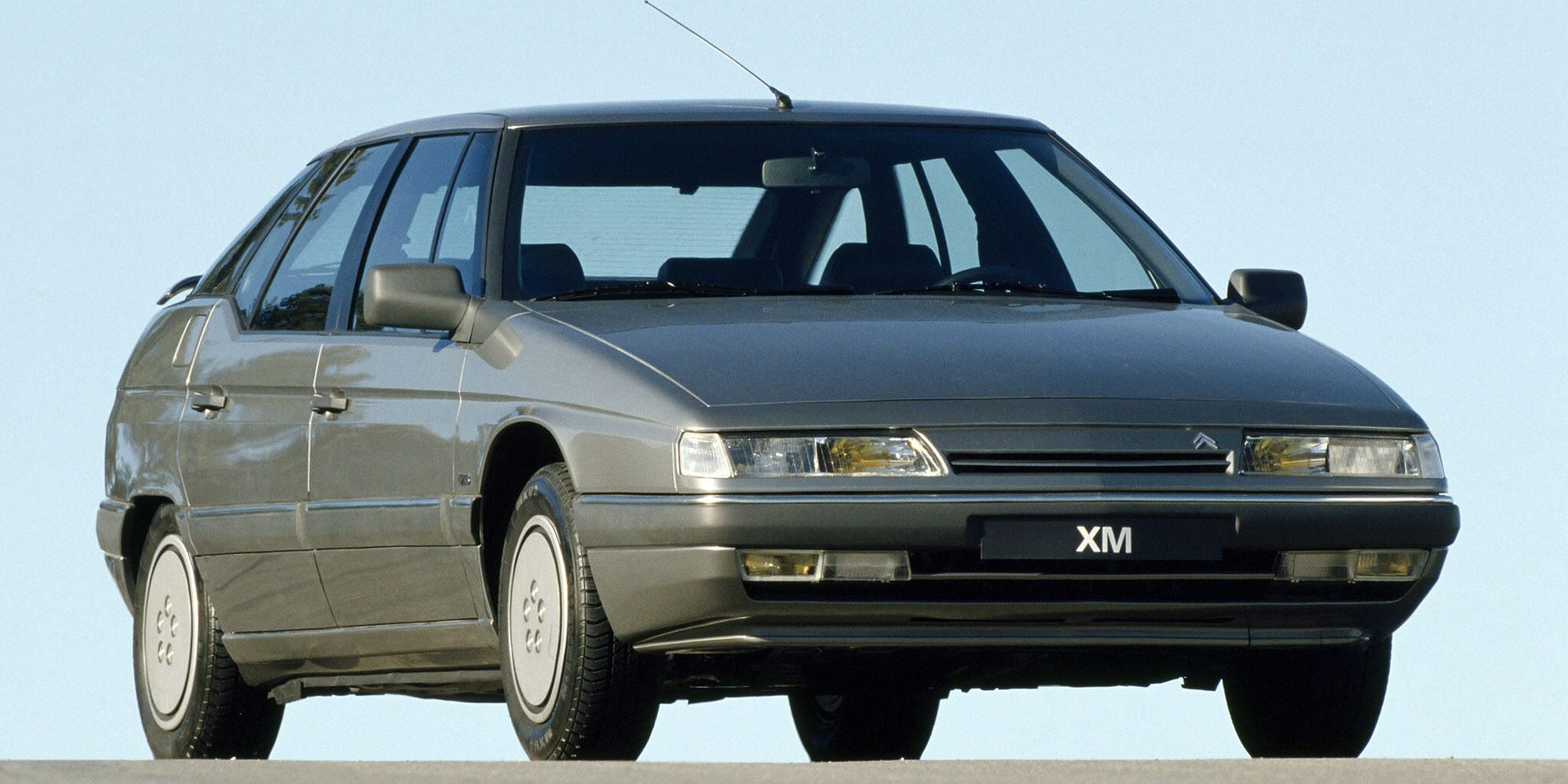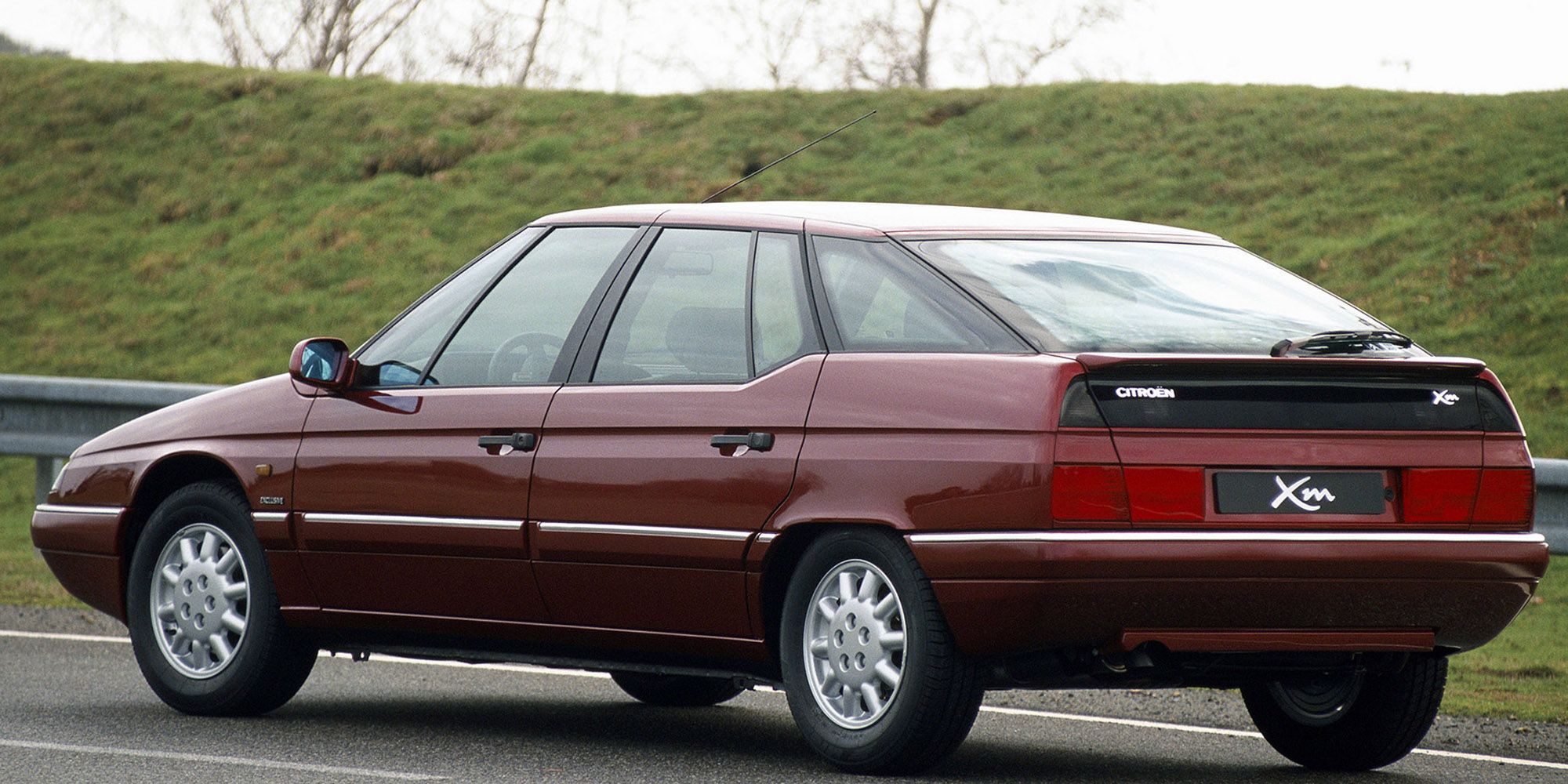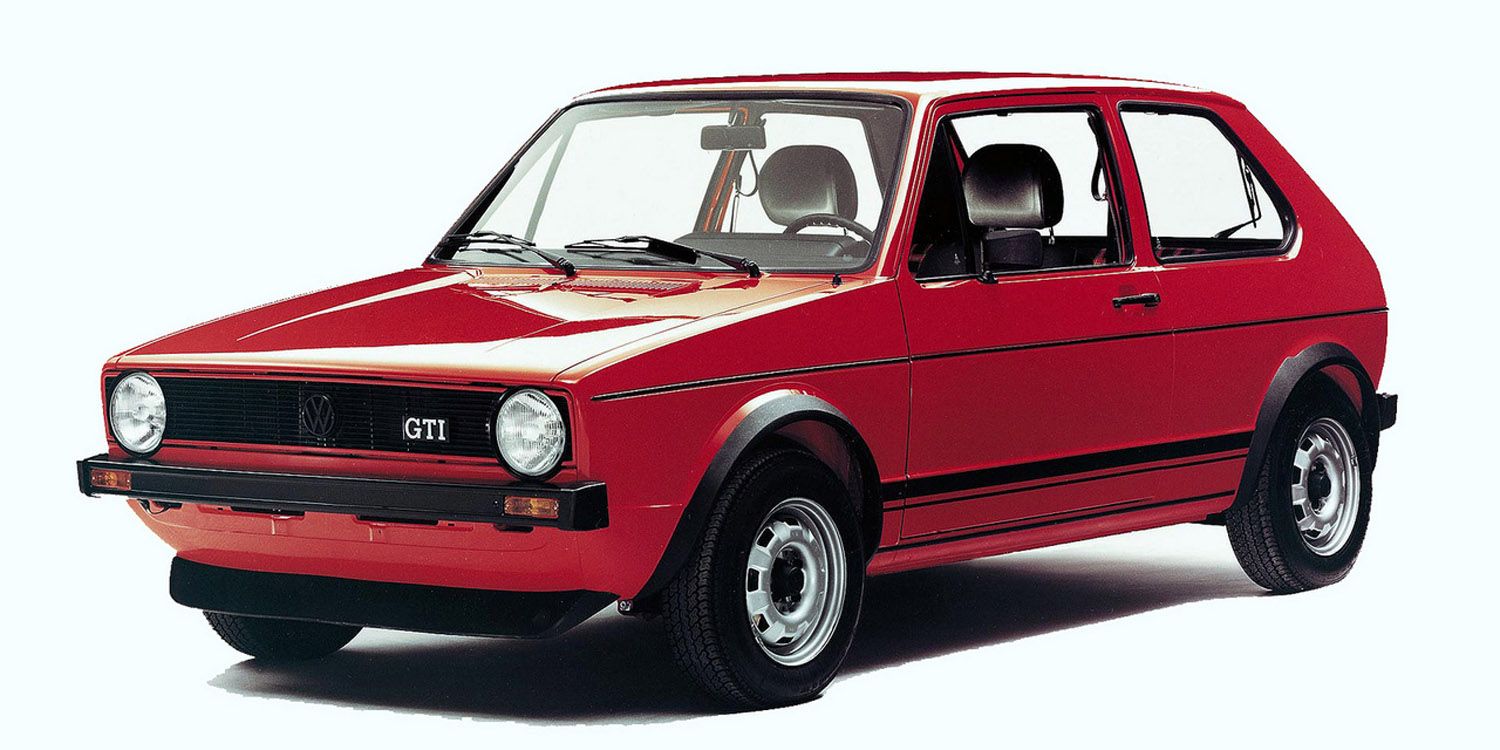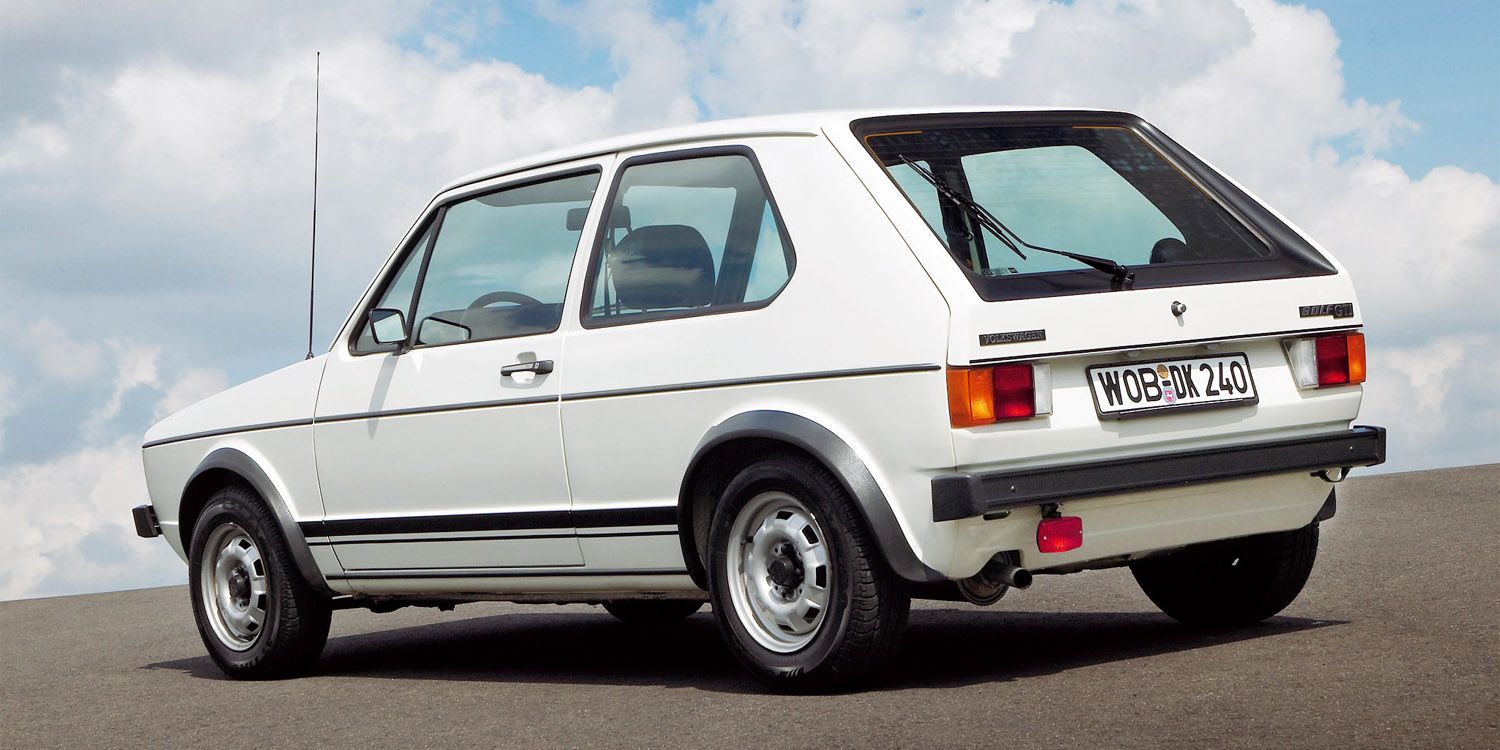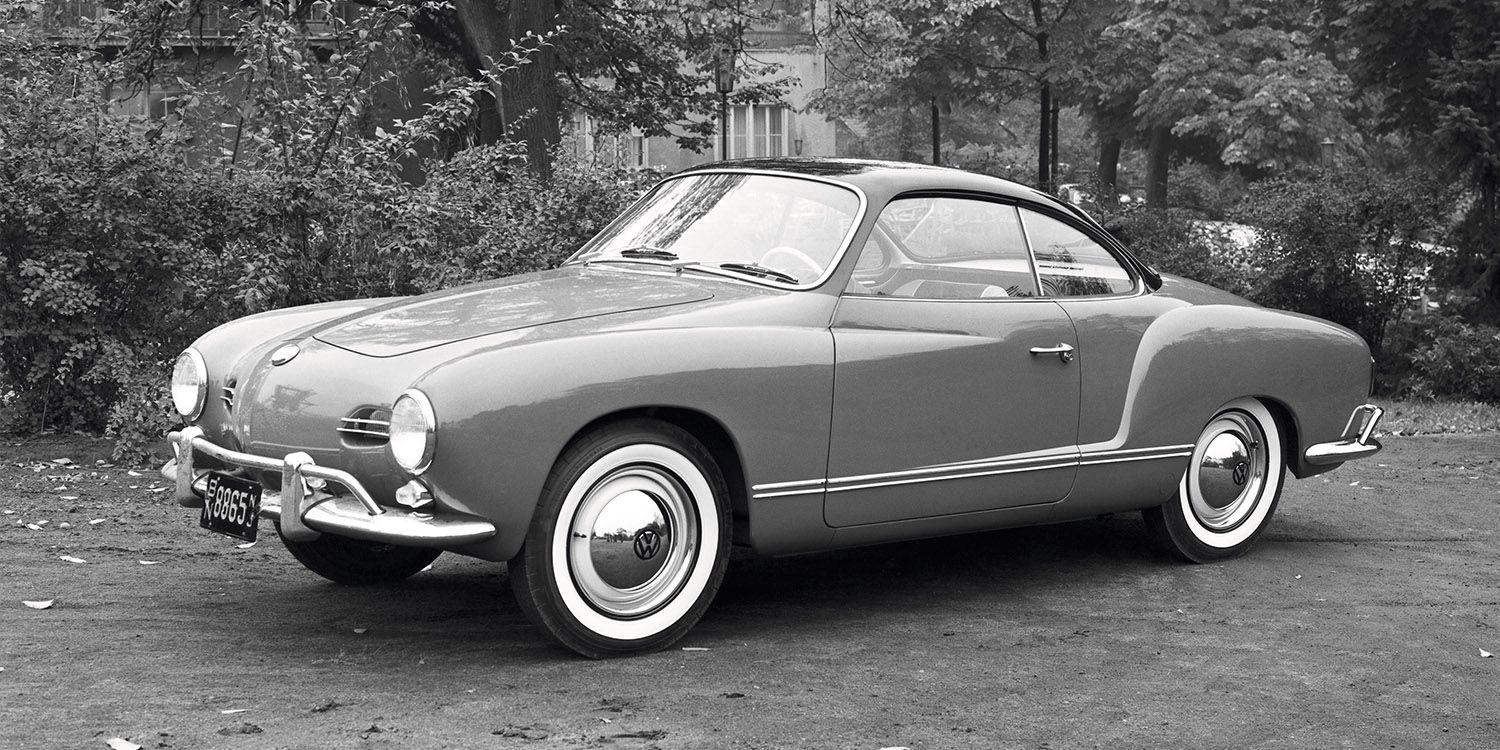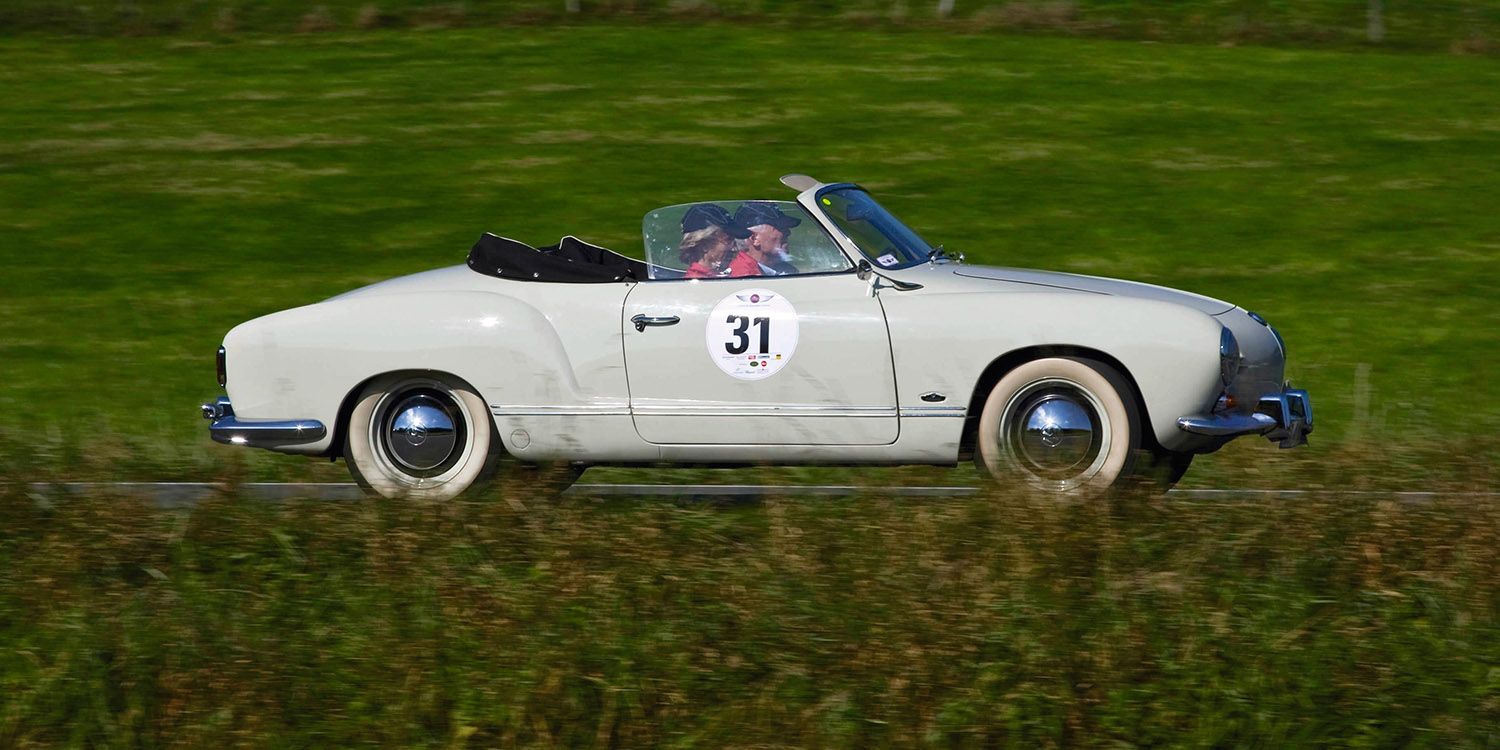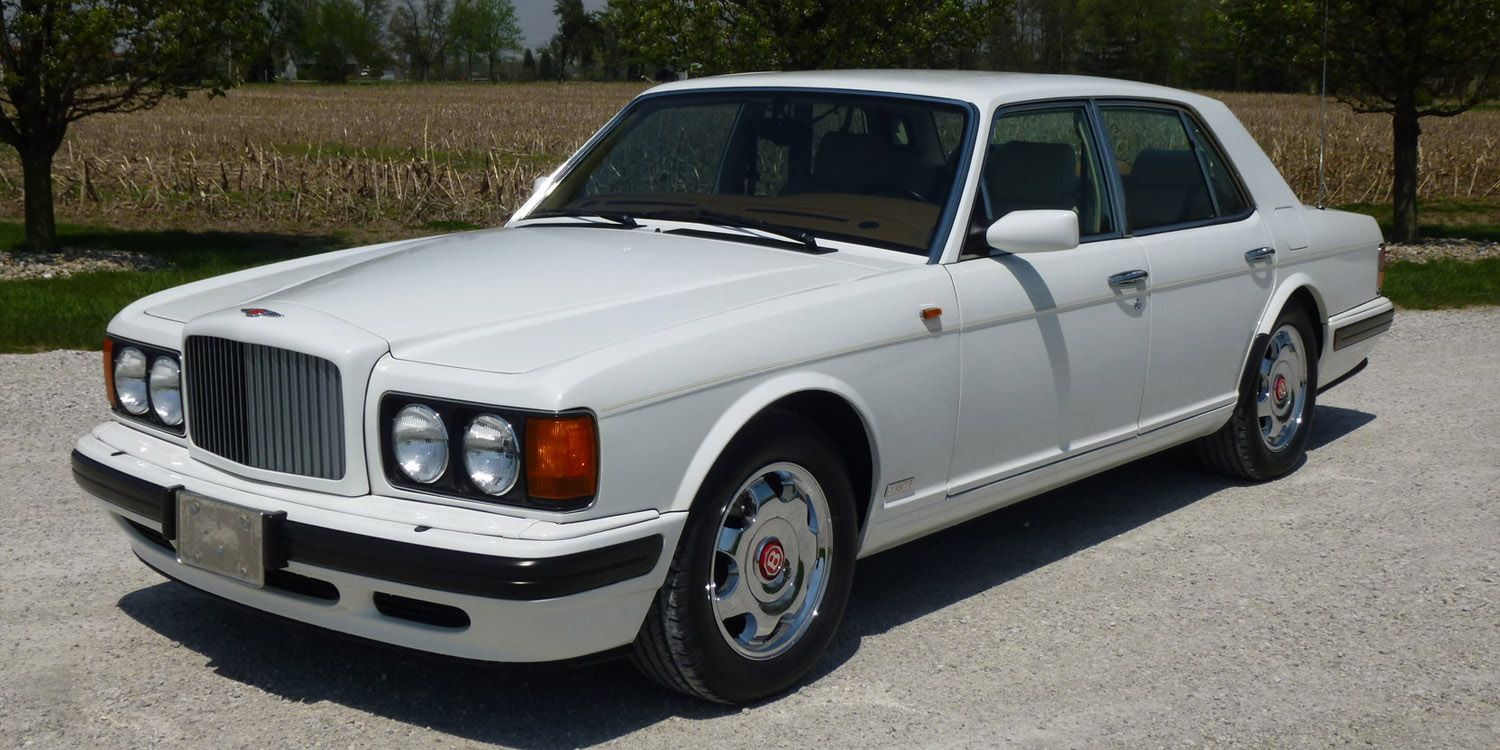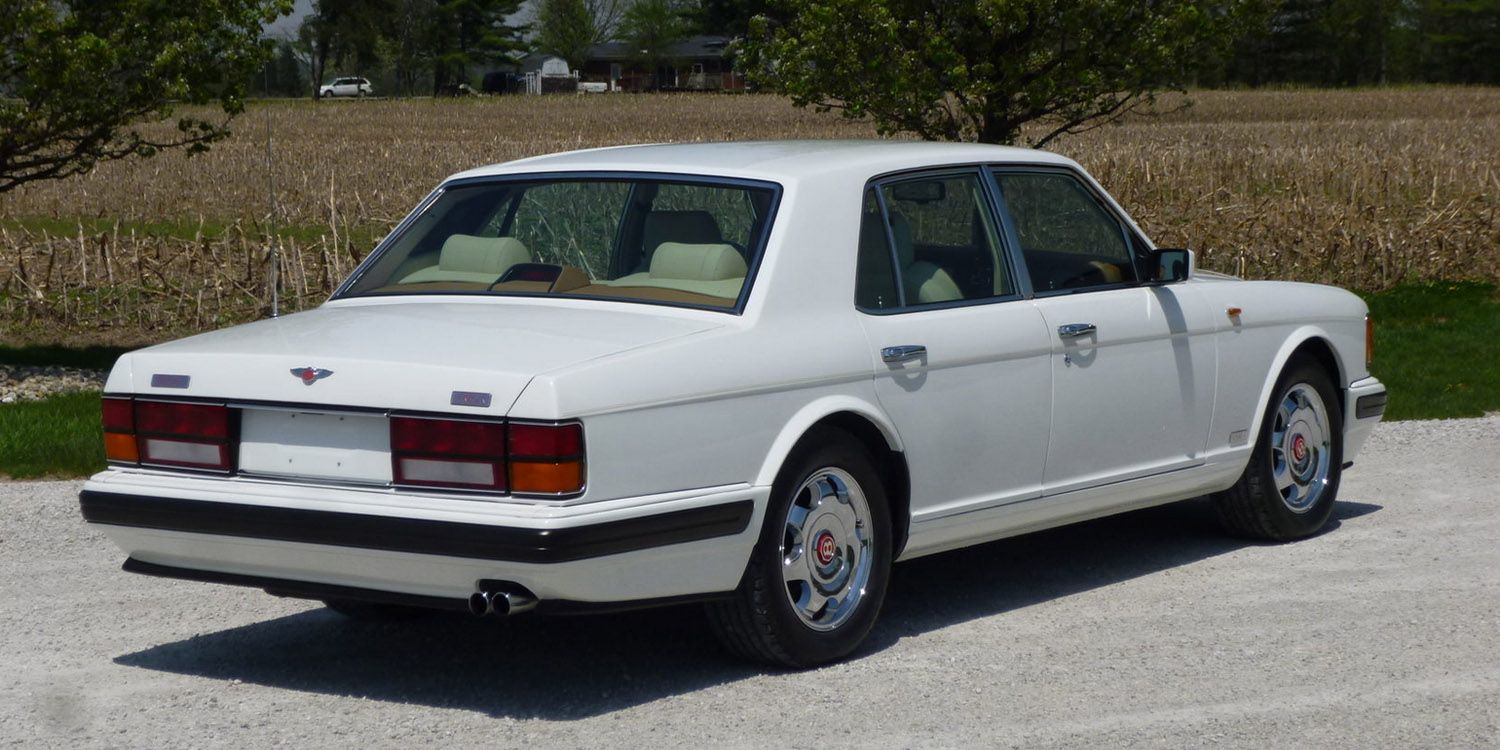Just about every enthusiast out there loves classic cars. They're perfect representatives of a by-gone era when cars weren't compromised by emissions regulations, certain safety requirements, and design. They were simply designed from the factory to be great (which didn't always work), no matter what that meant for the engineering department.
As a result of some of these cars' importance and their representation of the aforementioned by-gone era, they have significantly gone up in value, and a lot of them are way past being affordable for a lot of enthusiasts. Fear not, as there are tons of European classics that have slipped under the radar, and remain affordable.
9 Mercedes-Benz S500 (W140)
The W140 S-Class, which came along in the early 90s, was the end of a great era at Mercedes-Benz. At the very least, it signaled the end of the era when Mercedes didn't care about anything else except making the best cars in the world, and the W140 really was at the top of the game when it was new.
A variety of engines were available for the W140, including a silky smooth but heinously unreliable V12. Needless to say, you don't want that. The sweet spot of the W140 family is the S500. The 5.0-liter M119 V8 made 315 hp, allowing the big Merc to trundle along at a decent pace, while being responsive and allowing the car to be lighter and infinitely more reliable than the V12.
8 BMW 2002
This affordable classic has an asterisk affixed to the "affordable" part; decent condition 20002s are still relatively affordable, but it looks like they won't be for much longer. The Turbo models are out of the question, so a regular 2002 or a "tii" is more suitable here.
The 2002 was the precursor to the gold standard 3 Series, and it was sold from 1966 to 1977. Classic BMWs like this just have an air that can't be matched by modern cars, and driving a 2002 will allow the driver to relive the days before rod-bearing failures, offensively enormous kidney grilles, and a questionable social media team. Moreover, if you do have the cash and the patience, a ratty 2002 could prove to be a great project car.
7 Porsche 944
The 944 has a similar asterisk as the BMW 2002; it looks as though it won't be affordable for that much longer, and the most sought-after examples are already way out of reach for most people. In this case, however, that's not a big deal. This is a Porsche, so naturally, any 944 model would do the job perfectly.
Sold from 1982 to 1991, the 944 was front-engine, rear-wheel drive, and was exclusively available with 4-cylinder engines. This may also be the only production car in history, save for some overseas market pickup trucks, to be available with a 4-cylinder engine with 3.0 liters of capacity. No matter which engine you went for, the 944 was as good to drive as anyone would expect from a Porsche, and that especially applies to the turbocharged models.
6 Volvo P1800
A car so deeply ingrained in Volvo's history, the Cyan Racing skunkworks department recently breathed some new life into this classic. The Volvo P1800 was Volvo's flagship sports car throughout the 60s and 70s. Despite the rakish body, the P1800 shared its platform with the commuter-spec Amazon, but that shouldn't put you off.
Even though Volvo didn't build that many P1800 models, they're still surprisingly cheap on the used market. Even if you manage to find one of the rarer shooting brake versions, you should be able to get a good deal on it. Reliability shouldn't be too much of a concern if you have a nicely kept example, as one P1800 clocked 3.2 million miles back in 2018. Let's be honest here; what other car allows you to pretend you're Sir Roger Moore in The Saint?
5 Saab 900 Turbo
The amount of car enthusiasts worldwide who would pay a significant amount to see Saab make a comeback is, to put it lightly, substantial. In the end, it's all in the hands of Saab Automotive's current asset owners, NEVS, who don't really seem to care.
Until then, we can reminisce on some of the truly fantastic cars that the quirky Swedish brand built over the years, including possibly their most famous model; the 900. Even though Saab sold almost a million Classic (pre-General Motors) 900s, they're becoming collectible, especially the later Turbo cars. As long as you maintain it and shield it from the unstoppable force that is rust, you can bank a solid 900 Turbo and roll around in your own piece of Saab's weird, illustrious history.
4 Citroën XM
Now for something totally and completely left-field. Citroën never really managed to clock any significant sales volumes in the United States, in spite of selling the magnificent DS and the unusual SM on the continent. Obviously, Citroën soldiered on in their homeland of Europe, and in 1989, they revealed the spiritual successor to the DS; the XM.
The XM was sold from 1989 to 2000, and just like the DS, the XM was positioned as an executive car, designed to compete with similar offerings from Mercedes-Benz and BMW. With the way the automotive industry was back then, the XM turned out to be more competitive with similar offerings from Audi, Saab, Mazda, and Honda. The XM is delightfully quirky, it was available with a punchy V6 engine, and it has Citroën's legendary Hydropneumatic suspension system. Even showroom fresh examples can be found over in mainland Europe for less than $20,000.
3 VW Golf/Rabbit GTI (Mk1)
While it wasn't the very first hot hatchback ever made, it was the first one to officially kickstart the hot hatchback craze of the 1970s and 80s, and pretty soon, just about every brand was gunning for the amazing Mk1 GTI.
The GTI has evolved considerably over the years, culminating in the Mk8, which is just full of tech and has dollops of power. The Mk1 GTI, on the other hand, was incredibly simple, chugging along with only 110 hp from its fuel-injected, naturally aspirated 4-cylinder engine. Even though it's such an important piece of VW history, the Mk1 Golf GTI is still relatively affordable, though we can't imagine it'll remain so for the foreseeable future. The US-spec Rabbit GTI is also pretty cheap, even for the nicest ones you can find.
2 VW Karmann Ghia
Back in the 50s and 60s, Volkswagen was really hammering the air-cooled boxer engine that they developed. As well as finding a home in the Beetle and the Kombi, it also made its way to the Type 3, commonly known in North America as the Squareback in its station wagon form. But there was one more car that got the VW flat-four.
That car is the gorgeous Karmann Ghia. It was built in Germany from 1955 to 1974, and in Brazil from 1962 until 1975. It was available with the same lineup of boxer engines as the Beetle, starting from a 1.2-liter and going all the way to a 1.6-liter. It was pretty fun to drive too, despite making all of 49 hp in its most powerful form. Today, even really well preserved Karmann Ghias are relatively cheap.
1 Bentley Turbo R
Bentley has always been a fantastic luxury brand. Even after they were taken over by VW in the late 90s, they are still at the top of the luxury car game, or at least, luxury cars where driving them rather than being driven in them is preferred.
A curious piece of Bentley's pre-VW history is the Turbo R. It was based on their flagship luxury sedan of the time, the Brooklands, and it used the same iconic 6.75-liter (six and three-quarter liter) V8, which was turbocharged, giving around 296 hp. Thanks to the obscene Bentley depreciation, a good Turbo R can be snatched up for around $30,000.

